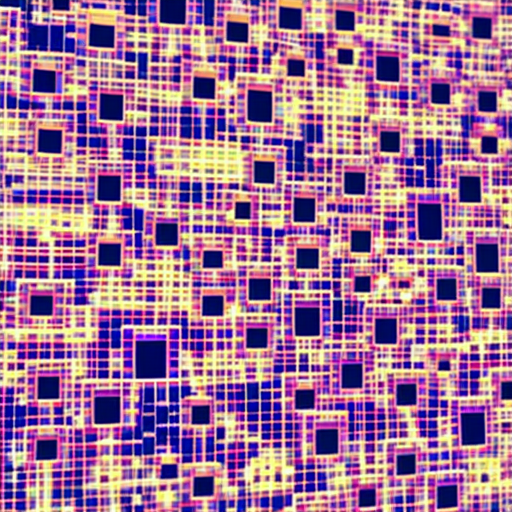Summary:
Integrated circuits (ICs) are miniature electronic circuits that are etched onto a small piece of semiconductor material, typically silicon. These circuits contain transistors, resistors, capacitors, and other electronic components, all integrated onto a single chip. ICs revolutionized the field of electronics by making it possible to pack more functionality into smaller devices, leading to the development of computers, smartphones, and countless other electronic devices we use today.
Overview:
Integrated circuits, also known as microchips or chips, are the building blocks of modern electronics. They are made by fabricating multiple electronic components onto a single piece of semiconductor material, usually silicon. The process involves etching microscopic patterns onto the silicon using various techniques, such as photolithography.
Types of Integrated Circuits:
There are several types of integrated circuits, each designed for specific purposes. Some common types include:
- Analog ICs: These circuits process continuous signals, such as sound or temperature, and are used in applications like amplifiers and sensors.
- Digital ICs: These circuits process discrete signals, such as binary data, and are used in applications like computers and digital communication systems.
- Mixed-Signal ICs: These circuits combine both analog and digital components and are used in applications like data converters and audio/video processing.
- Memory ICs: These circuits store and retrieve digital information and are used in applications like computer memory and storage devices.
- Microprocessors: These ICs contain a central processing unit (CPU) and are the brains of computers and other complex systems.
Advantages of Integrated Circuits:
Integrated circuits offer numerous advantages over traditional discrete circuits:
- Size: ICs are incredibly small, allowing for more functionality in a smaller space. This miniaturization has been a driving force behind the development of portable devices.
- Reliability: The integration of components onto a single chip reduces the number of interconnections, leading to improved reliability and reduced failure rates.
- Power Efficiency: ICs are designed to operate at low power levels, making them more energy-efficient compared to discrete circuits.
- Cost: Mass production techniques have made ICs more affordable, making electronic devices accessible to a wider range of consumers.
- Performance: Integrated circuits can perform complex operations at high speeds, enabling advanced functionalities in electronic devices.
Applications of Integrated Circuits:
Integrated circuits are used in a wide range of applications, including:
- Computers: ICs are the foundation of modern computers, enabling tasks such as data processing, memory storage, and communication.
- Consumer Electronics: ICs are found in smartphones, televisions, cameras, and other consumer devices, providing various functionalities.
- Automotive: ICs are used in automotive systems, including engine control units, anti-lock braking systems, and infotainment systems.
- Medical Devices: ICs play a crucial role in medical devices, such as pacemakers, insulin pumps, and diagnostic equipment.
- Communication Systems: ICs are used in telecommunications equipment, including routers, modems, and wireless devices.
Future Trends:
The field of integrated circuits continues to evolve, with several trends shaping its future:
- Miniaturization: ICs are becoming even smaller, allowing for more functionality in wearable devices and Internet of Things (IoT) applications.
- Power Efficiency: There is a growing emphasis on developing ICs that consume less power, enabling longer battery life in portable devices.
- Integration of Different Technologies: Researchers are exploring the integration of diverse technologies, such as photonics and quantum computing, onto a single chip.
- Flexible and Stretchable ICs: Efforts are underway to develop ICs that can be bent, twisted, or stretched, opening up new possibilities in wearable electronics and biomedical applications.
In conclusion, integrated circuits have revolutionized the field of electronics by enabling the miniaturization of electronic components onto a single chip. They offer numerous advantages, including small size, reliability, power efficiency, cost-effectiveness, and high performance. Integrated circuits are used in a wide range of applications, from computers and consumer electronics to automotive systems and medical devices. The future of integrated circuits holds exciting possibilities, including further miniaturization, increased power efficiency, and the integration of different technologies.












